It’s never been top of my tourism list, I confess, with Paris, Bruges and Amsterdam each a stone’s throw away, heavy competition with all their ambience and art. But our granddaughter Kaitlin’s wedding drew Dennis and me to Belgium’s capital last week, and in between fun and heart-warming family festivities we discovered surprising things about Brussels that changed my mind about its appeal. Special, unique aspects that, like so much in our world, I’d been totally ignorant of.
No time for walking tours of the Grand-Place or palaces when your priority is nature, though I would have loved to visit the musical instruments museum! I made sure we dropped by the cathedral, constructed in the 13th century atop ruins of an earlier structure, making it just about the oldest building in the city, though relics of Neolithic, Viking and Roman cultures are scattered about.
I’d never heard of St. Gudula, patroness of Brussels, whose spiritual superpower, according to legend, was to keep her lantern burning against all odds as she went about doing good deeds throughout the night, light in the darkness. I lit a candle for the bride and groom, then silently toured the magnificent chapels and ornate furnishings, while Dennis the Builder studied the soaring ceiling arches and stone columns that support them, leaving both of us impressed.
But every bit as awesome were the soaring, arching trees in the Forêt de Soignes not far away, some of the most gigantic oaks and beeches I’ve ever seen. Walking the trails among them evoked every bit as much reverence as wandering the aisles of St. Gudula’s Cathedral, even more so. This was a living, breathing cathedral echoing with birdsong, four thousand hectares of nature—nearly ten thousand acres—that’s managed to survive all that humanity has done in it and to it since the last ice age. And there’s been a lot!
The Romans did their thing, of course, but the Sonian Forest was still extensive throughout the Middle Ages and up to the French Revolution, mentioned in historical works including Byron’s Childe Harold. It was always an exclusive hunting ground for nobility, but power-hungry individuals got their hands on the woods’ other rich resources, human nature being what it is. Napoleon, wouldn’t you know it, ordered 22,000 oaks to be cut, lumber to build ships so he could invade England.
Though we’d heard about it all our lives, neither Dennis nor I were quite sure where Waterloo was located. It happens to be a small Walloon municipality just south of Brussels, sheltering part of the Sonian Woods. I had no idea that Bonaparte’s nemesis, the Duke of Wellington, an Anglo-Irish aristocrat with Dutch family connections bestowing him the title Prince of Waterloo--go figure!—was granted rights to a segment of trees there that he cleared in favour of agriculture.
It was on June 22, 1815, when the two military masterminds faced off in the famous battle that changed the course of European history. Wellington apparently lined up his troops in front of the forest, a tactic Napoleon criticized severely in his written accounts, believing it left his opponent’s forces with no clear path for retreat. Ironically, heavy rains and deep mud miring the French army on the battlefield caused Bony to “meet his Waterloo,” immortalized in ballads by Abba and Stonewall Jackson.
Meteorologists today point to the volcanic explosion of Mount Tambora in April of that year, in what was then the Dutch East Indies, now Indonesia, as the cause for the dismal weather. Considered the most powerful eruption ever recorded in human history, it blew particles of ash so high into the stratosphere that they blocked out the sun and left 1816 as a “year without a summer.” Death toll from the explosion and resulting famine, more than a hundred thousand souls, was twice that of soldiers who fell on the battlefield.
Though further deforestation, invasive species, and the building of roads that are death traps to animals have degraded Belgium’s greatest natural treasure, the Forêt de Soignes is still quite wonderful today. I was off birding in Mongolia when Dennis, researching nature opportunities near Brussels, read about the woods and wisely booked accommodation nearby.
We couldn’t explore it all, of course, but every early-morning visit we could fit in, once we figured out the tram system (don’t tap your credit card again as you step off; you’re paying twice!!), netted us rejuvenating hours of “forest bathing” and a chance to become more familiar with western Europe’s bevy of birds—chaffinches, blackbirds, blackcaps, robins and wrens. Plus a lifer for both of us: stock dove, close cousin to the ubiquitous rock pigeon, but more subdued in plumage, with a low, more guttural cooing song. They’re the only dove we know of that nest in cavities of large old trees. We also heard rare black and middle-spotted woodpeckers, and watched Eurasian nuthatches climb upside-down in leafy branches, one of the few species to descend from the towering treetops.
Psychologists and environmentalists agree that cities desperately need to have big trees nearby, large patches of mature forest to balance energies and furnish harried humans with the peace of nature. Brussels has that in spades in its vast old-growth woods, enjoyed every hour, every day of the week by hikers, dog walkers, cyclists and equestrians. I was so glad to experience for myself the calming, healing effects, and realize the huge benefits the forest provides for this operational center of the European Union. Smack-dab in the middle, between France, Germany and the UK, tiny Belgium seems the ideal place to shelter and support everyone involved in governance and negotiation, since time and again they’ve had to learn to get along with their neighbours or be swallowed up by them.
It was so fitting that the wedding and reception were held in La Cumbra, the northernmost section of the forest, on a nature-filled island in a small lake. My delightful new grandson-in-law, Rolando, an artistic Italian, often rides his bike through remote stretches of the Forêt de Soignes, and knows it well. A good reason for us to visit Brussels again, and take him birding.

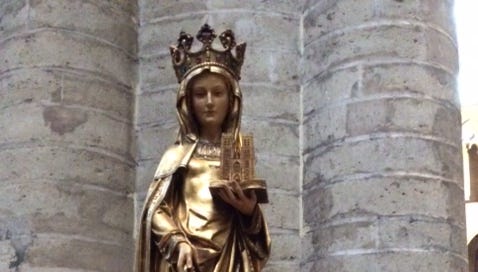



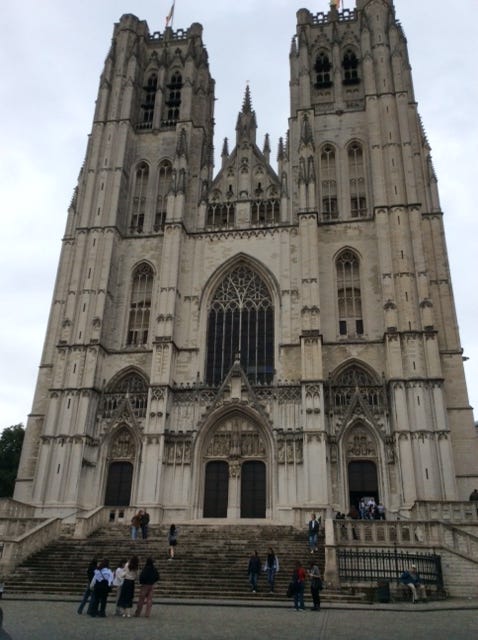
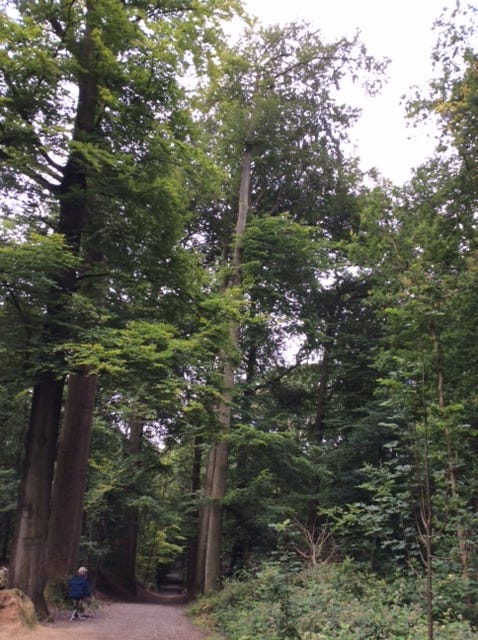
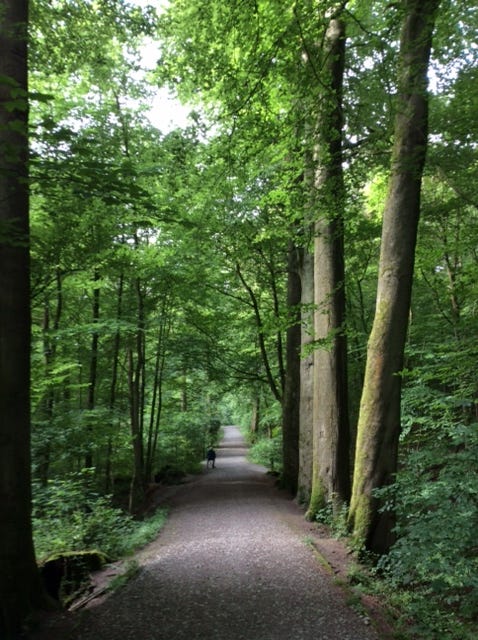
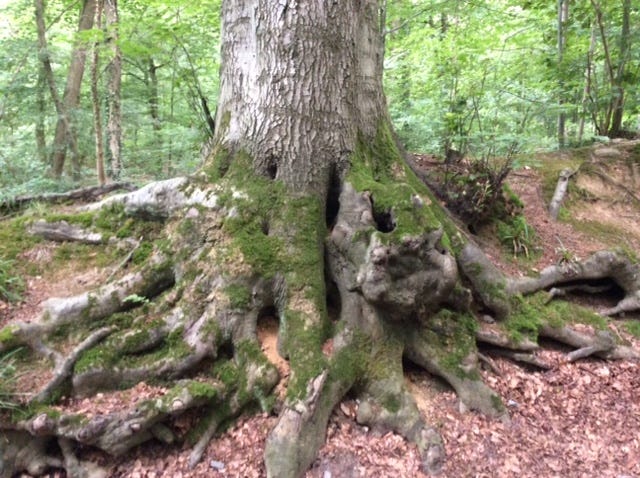



Amazing information, and so beautifully written! Thank You
What a fabulous trip…. yet another😏